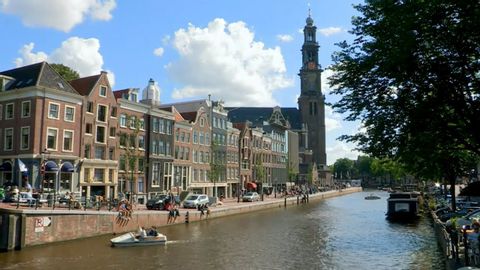 この条件に一致する単語はありません
この条件に一致する単語はありません- n. (c./u.)(同じ文化を共有する)民族;人々;人々;親族;社員
- v.t.居住する
- n. pl.人々
- n.体型;建設;ビルド
- v.t.築く;建てる;発達させる;関係を築く
- v.i.(天候が)悪化する
US /ˈsɛntʃəri/
・
UK /'sentʃərɪ/
- n. (c./u.)世紀;(クリケット)センチュリー;(ローマ軍)百人隊
US /ˈdɪstrɪkt/
・
UK /'dɪstrɪkt/
エネルギーを使用
すべての単語を解除
発音・解説・フィルター機能を解除

